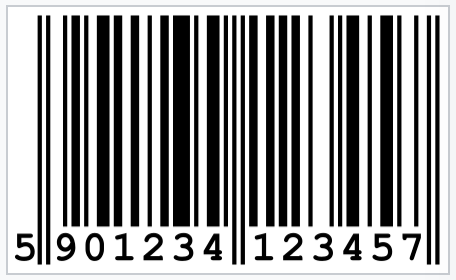Google Changes GTIN Requirement Product Listing Ads

Retailer all over the world will be delighted to hear that Google has decided it is no longer a necessity to have GTINs for each and every product for its Product Listing Ad (PLA) product.
GTINs are essentially a unique product code that can be used to identify one single product. It is a globally unique 14-digit number used to identify trade items, products, or services. GTIN is also an umbrella term that refers to the entire family of UCC.EAN data structures. The entire family of data structures within the GTIN is: GTIN-12 (UPC)
In essence, they help the user by making sure that the products compared in Google Shopping are identical. As a consumer, you do not have to worry about comparing apples with oranges. GTINs (or EANs) combine products that are essentially the same, into one unique product on Google Shopping.
Are you in the market for the latest iPhone Xr? Search for iPhone Xr and you will be shown one single product (with the same GTIN), and the respective prices (in this case more than 20 shops) for that particular product.

Certified Pre-Owned
Whereas this works wonderfully well for commodities and standard products, it gets more tricky with (certified) pre-owned products, such as watches. In the image below, you can see that the “same” watch, is shown three times on Google Shopping, now.
That was not (always) the case in the last year. If this watch make (year, type, style) would have one GTIN, these watches would have been combined into one product. The user needed to click on the product to see the various shops that offer the watch and the different price points.

Why not all retailer use GTINs
Furthermore, and possibly the largest issue with GTINs is that not all brands provide retailer with GTINs in the first place. Brands that only work with smaller collections and private labels especially, do not always have GTINs.
The main reason being, GTINs need to be purchased in bulk. They do not necessarily cost a lot, but they need to be registered in the ERP-systems and they are a bit of a hassle.
What adds to the complexity, EAN-numbers are country-specific. If your brand is active in a large number of markets, it can quickly get complex. Some brands outright refused to work with any form of unique product identification.
Whereas others “overdid it,” handing out new GTINs for each and every season, whereas the product essentially remained identical. The main issue here being how to deal with stock from various seasonal drops (deliveries).
A thing of the past?
This is not the end of the story, though. EANs will remain an important factor in whether or not a product is shown. Google reportedly said, PLA that have GTIN will be preferred over those that do not.
However, it does enable us to show more products on Google Shopping once again. Generally a positive thing for the consumer when it comes to second-hand goods and products with very different specifications.
Here is another blogpost from a well respected agency we work with on the subject of UPIs for one of our clients (Tourneau):


